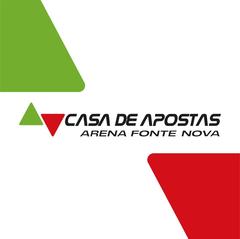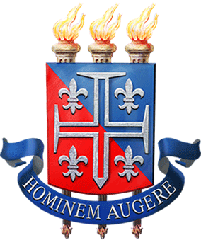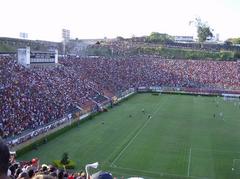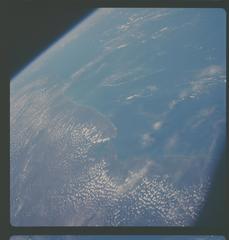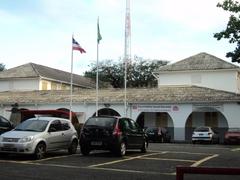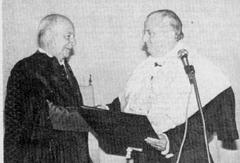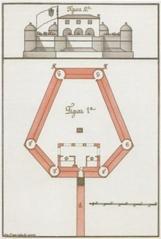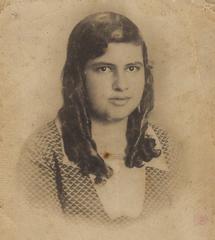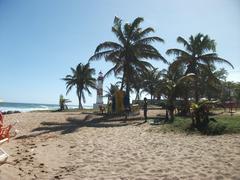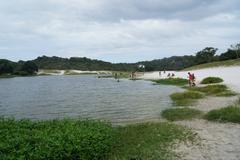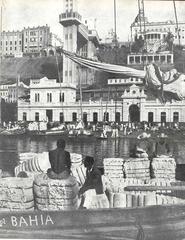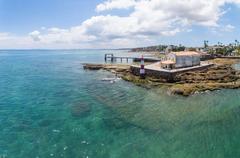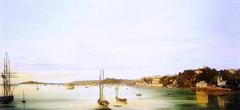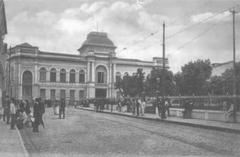Monumento Ao Visconde De Cairu: Visiting Hours, Tickets, and Travel Guide to Salvador’s Historical Sites
Date: 14/06/2025
Introduction
In Salvador’s bustling Comércio district, the Monumento Ao Visconde De Cairu emerges as a powerful symbol of Brazil’s historical evolution and enduring spirit of transformation. Located in the modern-day Praça Maria Felipa—formerly Praça Visconde de Cairu—this monument honors José da Silva Lisboa, the Viscount of Cairu, whose vision for economic modernization helped shape the trajectory of independent Brazil. The square itself serves as a vital urban crossroads, connecting Salvador’s Lower City (Cidade Baixa) with the Upper City (Cidade Alta) via the iconic Elevador Lacerda and offering easy access to Mercado Modelo, a centerpiece of local commerce and tourism.
Following its renaming to celebrate Maria Felipa, an Afro-Brazilian heroine of Bahia’s independence, Praça Maria Felipa now harmoniously blends narratives of economic progress, anti-colonial resistance, and cultural inclusion. This guide provides everything you need to plan your visit, including detailed information on hours, accessibility, monument features, nearby attractions, and practical travel tips—ensuring a meaningful and memorable experience in one of Salvador’s most significant historical settings (Cidade Baixa, G1 Bahia, Minube).
Table of Contents
- Introduction
- Historical Context
- Visiting Information
- Monuments and Features of Praça Maria Felipa
- Cultural Events and Community Life
- Frequently Asked Questions (FAQ)
- Visual and Interactive Resources
- Conclusion and Visitor Call to Action
- References
Historical Context
The Site and Its Urban Importance
Praça Maria Felipa (formerly Praça Visconde de Cairu) anchors the Comércio district, a hub of trade and urban life since colonial times. Its strategic location beside the Bay of All Saints made it central to Salvador’s mercantile economy and the transatlantic exchanges that defined the city’s growth. Adjacent to the Lacerda Elevator and Mercado Modelo, the square forms a nexus of commerce, mobility, and cultural heritage (Wikipedia: Modelo Market).
Historically, this area was not just a commercial center but also a site of the African slave trade, a reality commemorated and reinterpreted in the square’s evolving narrative (G1 Bahia).
The Viscount of Cairu: Life and Impact
José da Silva Lisboa, the Viscount of Cairu (1756–1835), was a Salvador-born economist, jurist, and intellectual. Educated at the University of Coimbra, he returned to Brazil to become a prominent advocate for economic modernization, most notably championing the opening of Brazilian ports in 1808. His efforts helped catalyze Brazil’s independence and shape its legal and educational systems, earning him the titles of Baron and Viscount (Wikipedia: José da Silva Lisboa, Viscount of Cairu).
Artistic and Monumental Legacy
The Monumento Ao Visconde De Cairu, created by Italian sculptor Pasquale de Chirico and inaugurated in 1932, is a striking bronze and granite work. It stands at the heart of the square, symbolizing Cairu’s enduring impact on Brazil’s civic and economic life (De Chirico, artes e artistas).
The Square’s Modern Identity: From Visconde de Cairu to Maria Felipa
In 2024, the square was officially renamed to honor Maria Felipa de Oliveira, a Black woman and celebrated figure in Bahia’s independence struggle. The addition of a monumental sculpture by artist Nádia Taquary highlights Salvador’s commitment to inclusive historical recognition and reparation, blending the stories of both elite reformers and grassroots heroines (G1 Bahia).
Visiting Information
Hours, Admission, and Accessibility
- Open 24 Hours: Praça Maria Felipa and its monuments are accessible year-round, day and night.
- Free Admission: There is no entrance fee or ticket required.
- Accessibility: Recent revitalization has improved pathways, added ramps, and expanded green spaces, making the area accessible for wheelchairs and strollers (Cidade Baixa).
For the best experience, visit during daylight hours (8:00 AM – 6:00 PM), when the square is lively and safe.
Guided Tours and Visitor Tips
- Tours: Many guided walking tours of Salvador’s historic center include the square and monuments. Tours are available in Portuguese, English, and Spanish; book in advance during holidays and festivals.
- Self-Guided Options: Audio guides and mobile apps, such as Audiala, provide historical context and walking routes.
- Photography: The site offers excellent photography opportunities, especially with the bay and cityscape as a backdrop. Drone use requires authorization.
Amenities and Safety
- Facilities: Public restrooms are available at Mercado Modelo and nearby establishments.
- Shaded Seating: Benches and shaded areas are plentiful.
- Safety: The area is generally safe during the day; remain alert in crowds, and avoid isolated areas after dark.
Nearby Attractions and Suggested Itineraries
- Mercado Modelo: Bustling market for crafts and regional cuisine.
- Elevador Lacerda: Iconic elevator with panoramic city and bay views.
- Terminal Náutico da Bahia: Gateway for boat tours.
- Forte de São Marcelo: Historic fort visible from the square, accessible by boat.
- Itinerary Suggestion: Start at the monument, shop and dine at Mercado Modelo, ascend to Cidade Alta via Elevador Lacerda, and explore Pelourinho.
Monuments and Features of Praça Maria Felipa
- Monumento Ao Visconde De Cairu: Bronze statue honoring economic modernization and national progress.
- Maria Felipa Monument: Resin and fiberglass sculpture, inaugurated in 2023, representing Afro-Brazilian resistance. Features QR code for multimedia content on her life and legacy.
- COVID-19 Memorial: Tribute to pandemic victims.
- Fountain by Mário Cravo Junior: Modernist structure from 1970.
- Ruins of Mercado Modelo: Historic market remains, central to local commerce.
Cultural Events and Community Life
Praça Maria Felipa is a dynamic venue for public events, open-air markets, music performances, and especially annual celebrations such as Bahia’s Independence Day (2nd of July). Cultural programming highlights Afro-Brazilian heritage and invites community participation. The Maria Felipa monument, with its interactive QR code, serves as a valuable educational resource for schools and visitors.
Frequently Asked Questions (FAQ)
Q: What are the opening hours and is there an entrance fee?
A: The square and its monuments are open 24/7 and free to visit.
Q: Are guided tours available?
A: Yes, both group and private tours are available in multiple languages.
Q: Is the area accessible for people with disabilities?
A: Yes, recent upgrades have ensured accessible pathways and seating.
Q: Can I reach the site via public transport?
A: Yes, it is well connected by bus, taxi, and pedestrian routes from the upper city via the Elevador Lacerda.
Q: Are drones allowed?
A: Drone photography requires authorization from local authorities.
Visual and Interactive Resources
- Images and Maps: High-quality images and interactive maps are available on Salvador’s official tourism websites.
- QR Codes: Access multimedia content about Maria Felipa and Bahia’s history directly at the monument.
- Virtual Tours: Explore the square and surrounding landmarks virtually before your visit for better planning.
Conclusion and Visitor Call to Action
Praça Maria Felipa and the Monumento Ao Visconde De Cairu together offer a profound window into Salvador’s multifaceted history—embracing narratives of economic innovation, colonial legacy, and Afro-Brazilian resistance. The coexistence of the Viscount’s neoclassical statue and the Maria Felipa monument reflects the city’s ongoing dialogue about memory, inclusion, and identity. Whether you’re drawn by historical curiosity, cultural events, or the vibrant everyday life of Salvador, this space offers a unique lens on Brazil’s past and present.
Plan your visit today: Take advantage of free access, guided tours, and cultural events. For immersive experiences, download the Audiala app for audio guides and event updates. Stay connected with Salvador’s vibrant heritage by following local tourism resources and our social media channels.
References
- This is a sample text. (Cidade Baixa)
- This is a sample text. (G1 Bahia)
- This is a sample text. (Minube)
- This is a sample text. (Wikipedia: Modelo Market)
- This is a sample text. (De Chirico, artes e artistas)
